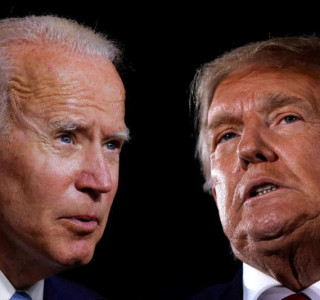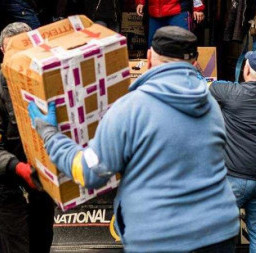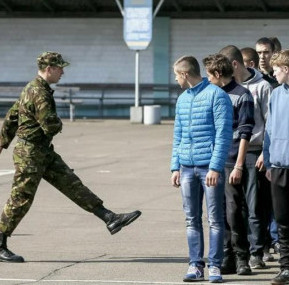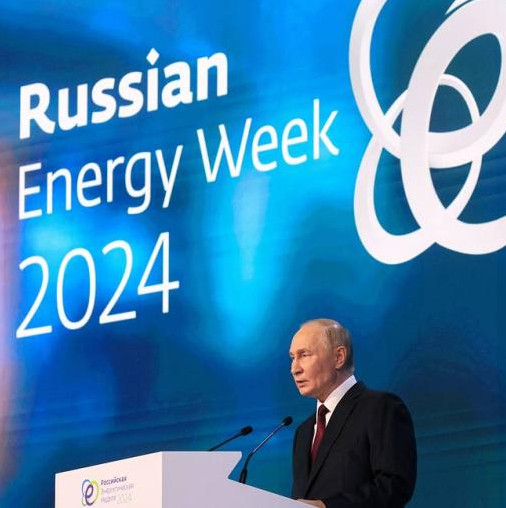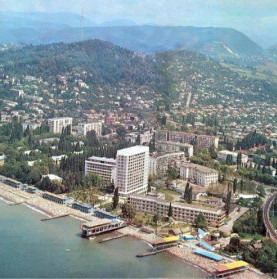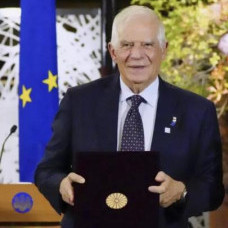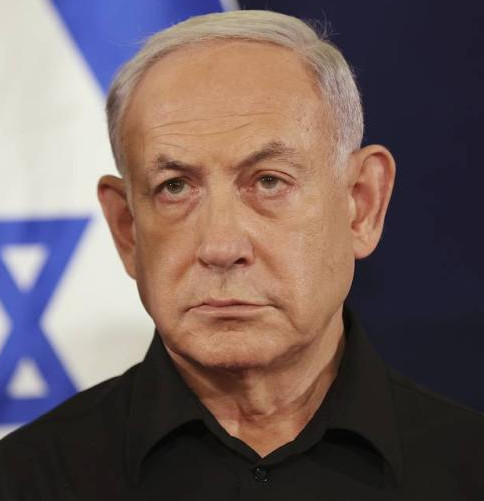A true Polish patriot – according to today’s Polish mainstream interpretation – is obliged to put heavy, nagging quotes around the last word in that headline as self-censorship. An up-to-date Polish patriot knows it as clearly as two and two, that there was no liberation of his country back in 1944-1945, only one invasion – by the Germans – was followed by another invasion – by the Soviet totalitarian regime.
What are the reasons and drivers of that war on memory? Are they Warsaw’s vain attempts to power up its flaccid geopolitical muscles and earn the approval of handlers, snorting towards the Kremlin? Is it the ruling elite’s strive to weld its core voters even more? Is it the implication of deeply embedded complexes of the Polish szlachta (gentry), the wish to rip up time and again historical grudges and phantom pains of the Polish-Lithuanian Commonwealth that used to span ‘from sea to sea’? All that is interlaced together. But never the less, a broad-scale anti-Russian campaign is underway under the guise of de-communization and the fight against various totalitarianisms, which is part and parcel of the official historic policy of today’s Poland and which could not but have the most negative impact on the full range of the Russian-Polish relations.
The problem has an important legal aspect. The destruction of monuments to Soviet liberators in Poland breaches our bilateral agreements, as both the main treaty of 1992 and the intergovernmental agreement on graves and memory sites of the victims of wars and repressions signed in 1994, make it clear that subjects to protection are Soviet and Russian burial places and memory sites of victims of wars and repressions in Poland, and Polish – in Russia. They imply no dividing into burials and monuments. It is revealing that the Polish side had no doubts regarding the issue for two decades – until 2014. In that year, the Polish took a purely political decision to believe that those agreements only apply to burial places. Whereas monuments beyond burials simply symbolize “communism, Soviet domination, Soviet occupation” and should be demolished.
But what do monuments to killed soldiers have to do with communist propaganda? Can the hammer and sickle be seen on them? But it were those symbols, under which Europe was liberated from the Nazis. Particularly as the monuments outside cemeteries were often placed at the site of severe fights that killed soldiers, where they were initially buried. Probably, one of the most famous examples is the destruction of the monument on September 15, 2015 at the place where Commander of the 3rd Belorussian Front, Army General Ivan Chernyakhovsky was fatally wounded on the outskirts of the town of Melzak in East Prussia (now Penenzhno). Tellingly, that barbaric act came amid ungrounded assumptions that the commander of the front organized mass arrests and shooting of soldiers of Armia Krajowa (Home Army) subordinate to the Polish immigrant government in London, being actively stirred up. Since then, Russian diplomats have been holding memorable events at the site of the demolished monument together with Polish veterans and public organizations on Chernyakhovsky’s death-day in February.
The ethical and moral side of that pressing issue is no less important. Historians are well aware of the fact that under Hitler’s ‘Ost’ plan Poland would disappear. That land was meant for the German colonization, while 85% of the Polish were subject either to elimination, or to eviction to the east. The fate of right-less workforce was doled out for the rest. And the severe implementation of that plan started. Only the Red Army could free Poland and save it from obliteration. None of its western allies or the Polish themselves were able to do that.
The Soviet Union paid the heaviest price for liberation of Poland. In 1944-1945, more than 600,000 Soviet soldiers and officers were killed in battles on the Polish territory within its current borders, which accounts for over half of the Red Army’s losses outside the USSR. Moreover, from 800,000 to 1 million and even more Soviet war prisoners were confined in Hitler’s camps, died and were buried on the territory of Poland. Little wonder the memorial evidence of that has been present and is still present everywhere and fairly visibly in Poland’s public spotlight. The results of the 1997 inventory revealed 561 monuments to Soviet soldiers outside burial territories in the country. As of now, the number has decreased three-fold and continues to decline.
Conversely, the official Polish historiography is attempting to free its citizens of the burdensome feeling of gratitude to the Red Army, dissolving its act of heroism through accumulation of claims regarding various offenses given by Russia and Soviet Union to Poland for centuries. Concurrently, the message about USSR’s and Germany’s equal responsibility for sparking the Second World War, about Poland being an innocent victim of two totalitarian regimes betrayed by western allies, Britain and France, is being planted through school and university books, media outlets and other channels. Meanwhile, the arrogant opportunistic politics of the ruling circles of pre-war Poland, which in no small part led to a nation-wide disaster in September 1939, is completely neglected. The fight against monuments to the Red Army soldiers as a monumental reminder of their great deed fits into the same paradigm.
Regardless of any arguments put up by the official Polish historiography, they cannot chip away at one indisputable fact that only thanks to the Red Army Poland exists as a sovereign state, while the Polish live on that land. Which more than outweighs all historical claims of the Polish side one could think of.
‘De-communization’ of the Polish public has not targeted the monuments to Soviet soldiers only. That process has also rolled through the remembrance of the Polish People’s Army, though not so massively as of yet, whose soldiers stormed Berlin shoulder to shoulder with the Red Army soldiers. Quite a few monuments in honor of the Polish People’s Army have been preserved, whereas the names of streets and squares in Polish cities have been fundamentally cleared of its mention. 'Four tank-men and a dog’ still holds positions in the Polish airtime, however, ‘wrong’ ‘communist’ white eagles (without a crown) on military memorials of T-34 tanks of the 1st tank regiment of the Polish People’s Army have been completely and utterly painted over.
Bowing to the courage of Polish soldiers fighting against fascism for England, in Italy, Africa and on the Western Front, it is worth pointing out that the ‘wrong’, from the viewpoint of the current ruling class, Polish People’s Army inflicted a much more substantial damage on the German military machine than other Polish divisions fighting on other seats of the Second World War. It needs no saying that inverse proportions are exemplified in today’s Polish public environment.
Such is the choice of Poland aimed at confronting Russia. The Poland where the anti-Russian prejudice prevails in the political class and information mainstream development, which fights information warfare against Russia, and where, let’s not forget, all parliamentary parties voted for the law, by which monuments to Soviet soldiers are being demolished.
